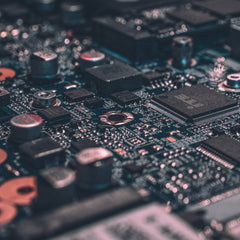The rapid progression of device communication has resulted in a formidable roadblock to the Internet of Things (IoT). Too many rival standards have emerged from big company alliances and individual expansions. While companies like Samsung, Intel, and Cisco have united around the Open Interconnect Consortium, individual corporations like Apple and Google are beginning to make headway on their own API projects.
In order for the IoT to work, every device pair must have identical network standards. Without matching protocols, individual objects won’t be able to communicate. For example, in order to play music from a smartphone through a Bluetooth speaker, the phone must connect to the device over Bluetooth, and not through Wi-Fi. This can get far more complicated than just the internet connection. In addition to network standards like Bluetooth, ZigBee, and Wi-Fi, there are also application and security standards that must also be identical. Two devices that run on Wi-Fi still can’t work together if one runs on the Apple HomeKit protocol and the other is designed for Works with Nest.
Inevitably, the jumble of standards has drawn all sorts of lines in the sand as far as companies developing for the IoT are concerned. This process has begun to follow a similar mess that occurred with the development of radio-frequency identification (RFID). It took 15 years to develop a common protocol for the RFID market, because of competing corporate interests.
Without standards, there is no possibility for interoperability, but it is important that companies work together to come up with fewer, more universal standards. Reducing the amount of these protocols opens up more avenues for product developers, and allows the consumer more product choice, rather than having to be selective based on the protocols they are already using in their home.






